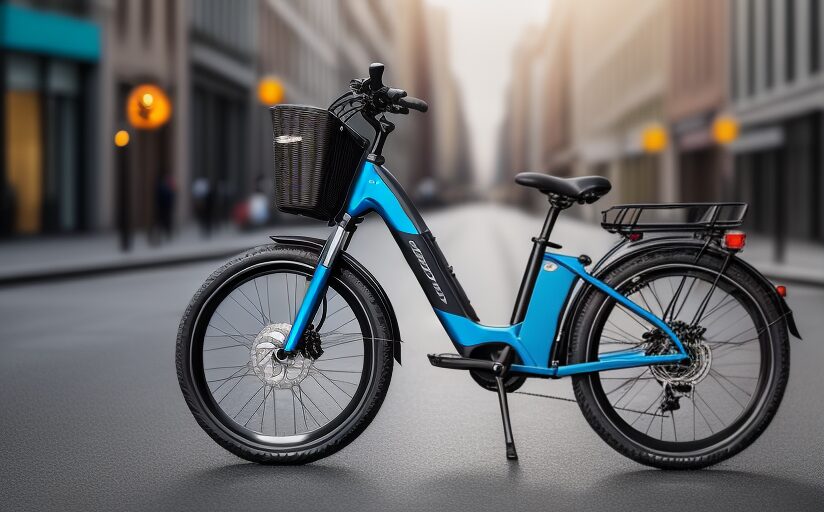
Vehicle fuel consumption and emission data are now measured using the WLTP test cycle, which has been the standard since January 1, 2022, replacing the older NEDC test cycle. The WLTP cycle is designed to provide more realistic testing conditions, which often results in higher reported fuel consumption and CO2 emissions compared to the NEDC.
This change in testing procedures can influence the taxation of vehicles since September 1, 2018. Vehicle parameters like weight, rolling resistance, and aerodynamics can be affected by additional equipment and accessories, which in turn can change the vehicle’s performance and efficiency. These factors, along with weather, traffic conditions, and driving behavior, contribute to variations in fuel consumption and emissions.
For those interested in understanding the differences between WLTP and NEDC testing methods or seeking official data on fuel consumption and CO2 emissions for new passenger cars, resources are available. Information can be found on the Volkswagen website and in the “Guide to fuel economy, CO2 emissions, and power consumption for new passenger car models,” which is provided by DAT Deutsche Automobil Treuhand GmbH and available at dealerships and online.
Key Takeaways:
- As of January 1, 2022, the WLTP test cycle has fully replaced the NEDC test cycle for evaluating fuel consumption and emissions in new type approved vehicles.
- Vehicle parameters such as weight, rolling resistance, and aerodynamics can be altered by additional equipment and accessories, impacting fuel consumption and emissions.
- The WLTP provides more realistic testing conditions than the NEDC, often resulting in higher reported fuel consumption and CO2 emissions.
“Due to more realistic testing conditions, fuel consumption and CO2 emissions measured according to WLTP will in many cases be higher than the values measured according to NEDC.”
More details: here

